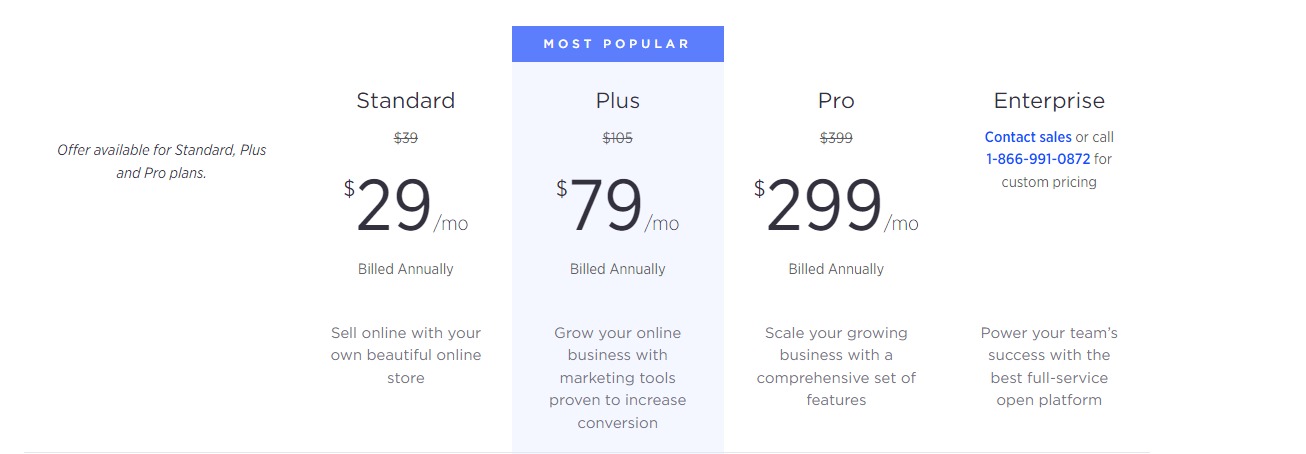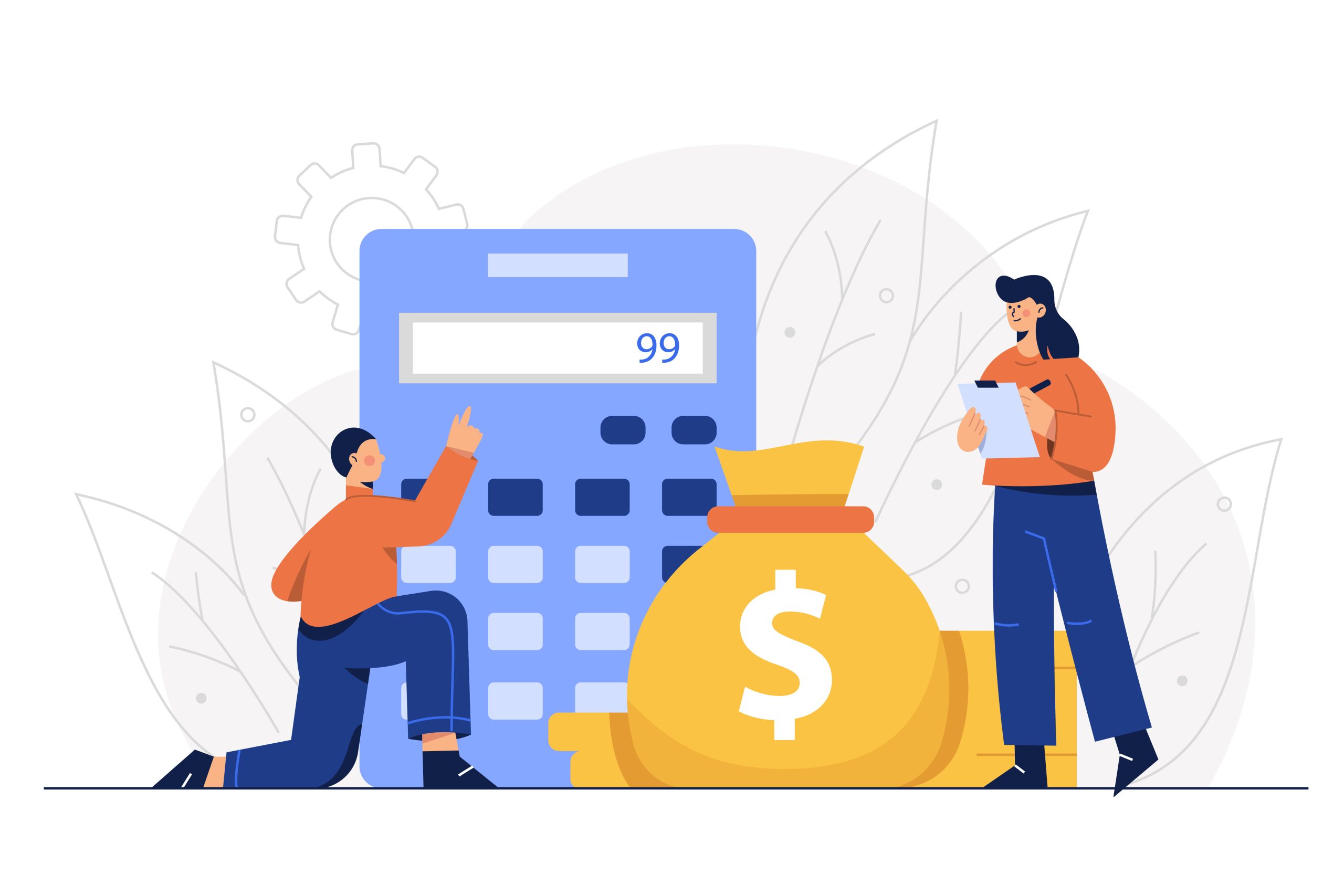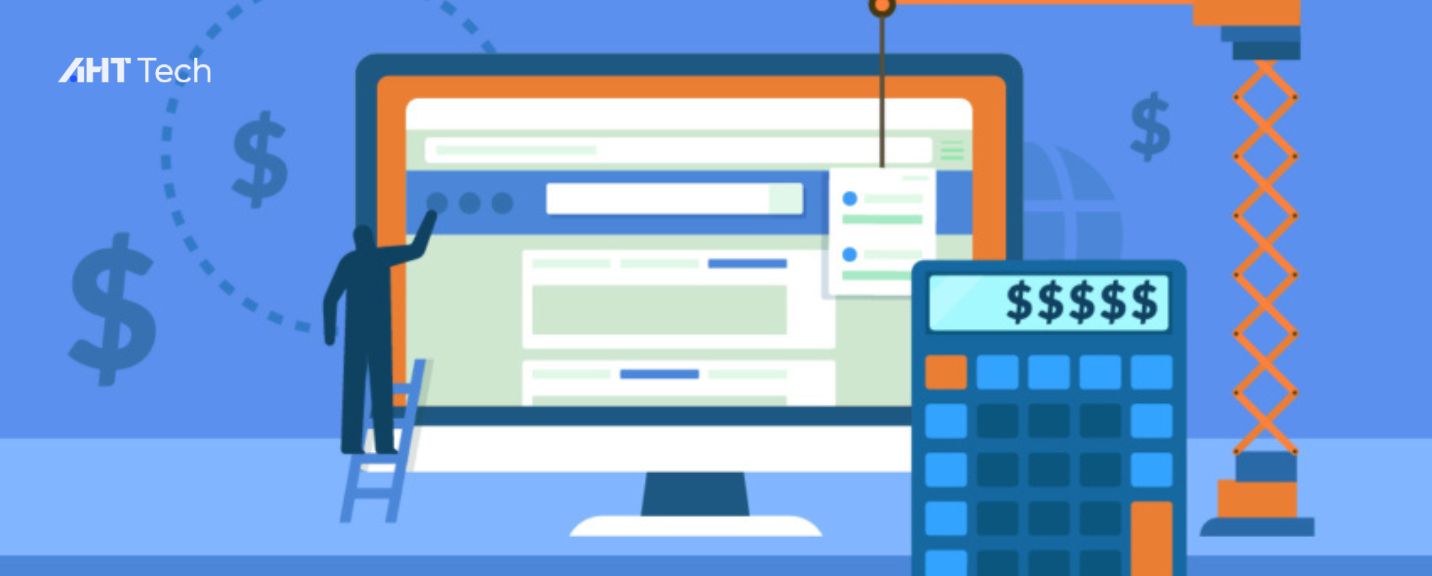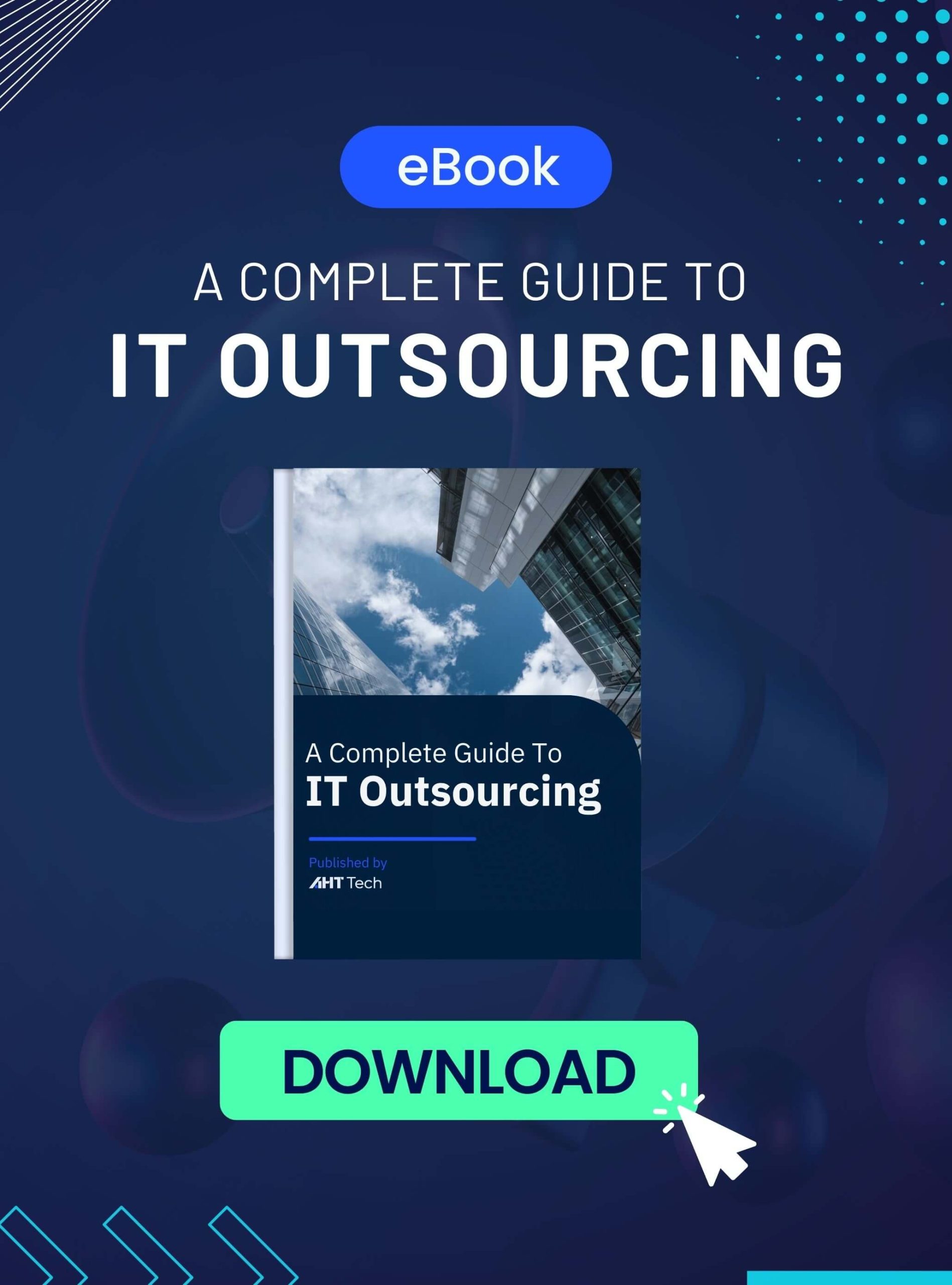TABLE OF CONTENT
BigCommerce Pricing Plans
Factors that Affect BigCommerce Pricing
Pros and Cons of BigCommerce Pricing
Tips for Choosing the Right BigCommerce Pricing Plan
Conclusion
BigCommerce Pricing Plans
BigCommerce, which is one of the most famous e-commerce platforms, offers diverse pricing plans to create flexible options for customers’ businesses. Every pricing plan provides distinctive features and functions and companies have chances to decide what the best plan would suit their businesses. This sector will discuss a better concise understanding of all BigCommerce’s pricing offerings.

Standard Plan
The first one which is the most basic pricing plan of BigCommerce, the Standard plan, is recommended for small companies and startups who are new to ecommerce. Customers have to pay $29.95 monthly to receive features and functions included in the plan. For instance, unlimited products, storage, bandwidth, a mobile-friendly website, and popular payment methods such as PayPal and Stripe.
Plus Plan
The Plus plan is recommended for less developed businesses that lack high-quality features. Customers have to pay $79 monthly to receive features and functions included in the Standard plan. As an addition, more facilities are available in the plan such as abandoned cart saver, customer groups, and stored credit cards.
Pro Plan
Pro Plan is designed for bigger businesses that have high-volume sales demand and advanced features requirements. Customers have to pay $299 per month to receive features and functions included in the Standard plan. As an addition, more facilities are available in the plan such as Google customer reviews, custom SSL, and product filtering.
Enterprise Plan
The Enterprise plan is the last offering of BigCommerce which is the most suitable one for large-scale businesses that lack personalized solutions and committed assistance. If subscribing to this plan, Customers have an opportunity to receive all features and functions included in the upon plans. As an addition, more facilities are available in the plan such as priority support, devoted SSL, and unique features.
Read more:
BigCommerce vs. WooCommerce: A Comparative Analysis
BigCommerce vs. Shopify: Which eCommerce Platform is Right for Malaysian Businesses?
Factors that Affect BigCommerce Pricing
Regardless of the pricing plans, some aspects are considered as they would impact the cost of BigCommerce offerings. As these factors can have a big influence on businesses’ profitability, having a comprehensive understanding of platform evaluation is really significant. Several points of BigCommerce cost issues are outlined below.

Transaction Fees
Transaction fees are the first factor that would affect BigCommere’s overall cost. Some payment methods such as PayPal and Stripe are the processors of charging these fees and fees are different depending on payment gateways.
Especially for companies with a large number of sales, while BigCommerce offers no transaction fees, extra fees charged by other payment processors can increase over time.
Thus, it is significant to evaluate the transaction fees with carefulness. Researching diverse payment methods before making any decisions is really important.
Add-On Apps and Features
The second factor that may have an impact on BigCommerce cost is adding-on applications and features. BigCommerce’s functionality can be advanced as the platform has its own diversity of third-party apps and add-ons. However, various apps along with extra paying fees can be quickly added. For instance, customers need to pay an extra fee per month for an application that offers inventory management or delivering facilities. Thus, it is significant to evaluate the costs of these add-ons with carefulness before making any decisions.
Payment Processing Fees
Eventually, payment processing fees are the last factor that could influence the BigCommerce pricing plans. Credit card transactions require extra fees if other payment methods are utilized.
While many payment processors are integrated with BigCommerce, there are different ranges of fees between them. Thus, it is significant to evaluate the integrated payment method processing fees with carefulness before making any decisions.
Business’s profitability is affected by transaction fees, add-on apps and features, and payment processing fees as these factors are increased as the time passes.
With good analysis of the factors to make the best decision on pricing plan, businesses could be able to gain the most value from their BigCommerce’s investment.
Pros and Cons of BigCommerce Pricing
Pricing is an essential deliberation for businesses when it comes to various e-commerce platform options. BigCommerce is renowned among businesses as it offers diverse pricing plans. However, BigCommerce has both pros and cons of its pricing structure. In this section, strengths and weaknesses of BigCommerce pricing will be discussed in detail.

Pros
- Scalability
The first and foremost benefit gained from BigCommerce pricing is scalability. Companies can opt for the most compatible pricing plan and more advanced plans may be greater when the businesses develop over time. Once companies are enlarged, they can choose BigCommerce as their long-term partner without having to change to a new platform.
- Flexibility
BigCommerce pricing plans facilitate all sizes of businesses. The platform enables companies to gain e-commerce customized experience by accessing the essential features. For instance, the Standard plan is a good recommendation for small businesses, while the Enterprise plan seems to be born for large-scale businesses that need personalized solutions requirements and devoted assistance.
- Comprehensive Features
Comprehensive features are also one of the main advantages of BigCommerce as it enables businesses to have easier e-commerce operations management. Some disposable features are unlimited products, bandwidth, storage, and familiar payment gateways integration. As an addition, more facilities are available in the higher-tier plan such as abandoned cart savers, customer groups, and custom facets.
Cons
- Transaction Fees
One of the disadvantages of BigCommerce pricing is transaction fees. Businesses may have to pay extra feed per month due to the payment processors charging. The fees could increase as the time passes, especially for ones with high-volume sales.
- Add-On Fees
Add-ons and features may require additional fees with BigCommerce. For instance, businesses may have to purchase other applications to access advanced functions and features. This is also an increasing trend, and companies must evaluate the costs of these add-ons with carefulness before making any decisions.
- Payment Processing Fees
Another cons for using BigCommerce is payment processing fees. While many payment processors are integrated with BigCommerce, there are different ranges of fees between them. Thus, it is significant to evaluate the integrated payment method processing fees with carefulness before making any decisions. This could prevent additional costs that businesses have to pay in the future.
Businesses have to be careful in evaluating the cons of BigCommerce usage which are all related to costs, while the platform is extremely versatile and scalable.
Despite these disadvantages, BigCommerce remains to be one of the most renowned e-commerce platforms among all sizes of businesses. However, companies should take a better look at their demand and finance when considering any options or factors.
Tips for Choosing the Right BigCommerce Pricing Plan

Evaluate Your Business Needs
Evaluating your business needs is really crucial when it comes to electing a BigCommerce pricing plan. Some aspects may need to be considered such as sales volume, sold product amounts or the intended payment methods to use. For instance, the Pro plan is specifically designed for large businesses that need functional requirements (such as Google customer analysis and custom SSL). On the other hand, the Enterprise plan seems to be born for companies that demand custom solutions and devoted assistance.
Consider Your Long-Term Goals
Considering your long-term goals is as important as evaluating needs and wants. You have to make sure that your business growth can be based on the platform. For example, you would need a plan to build your business’s vision if you intend to expand your products to new markets. Thus, your long-term goals connect directly with a proper plan.
Review the Plans and Features Carefully
Each BigCommerce pricing plan offers a distinctive group of features and functions. It is essential to review the plans and features carefully in order to make sure that would provide what your business demands. For instance, the Pro and Enterprise plan may be great options for you if your business is lacking advanced functionality. Thus, before making any decisions, examining the platforms and features carefully is significant.
Calculate the Total Cost of Ownership
There are factors that also can impact the BigCommerce overall cost beside monthly fee. For instance, businesses may have to pay transaction fees regarding specific payment methods. In addition, extra fees may also come from add-ons and features. Thus, it is significant to calculate the total cost of ownership to make the best option at the end.
Seek Professional Advice
It takes time and effort for businesses who have e-commerce experience to select the most proper pricing plan. Thus, seeking professional advice from an agency or consultant is recommended. They could offer valuable insights so that you can decide to subscribe to the suitable plan for your business. This also prevents your business from making costly mistakes.
Conclusion
In conclusion, BigCommerce is believed to be one of the most famous e-commerce platforms that offers diverse pricing plans for businesses. However, it is more crucial to have a comprehensive evaluation of your business needs and finance before making any decisions. You should consider the factors that impact your BigCommerce costs and follow some tips to make the best decisions for your business. Contact us now!



